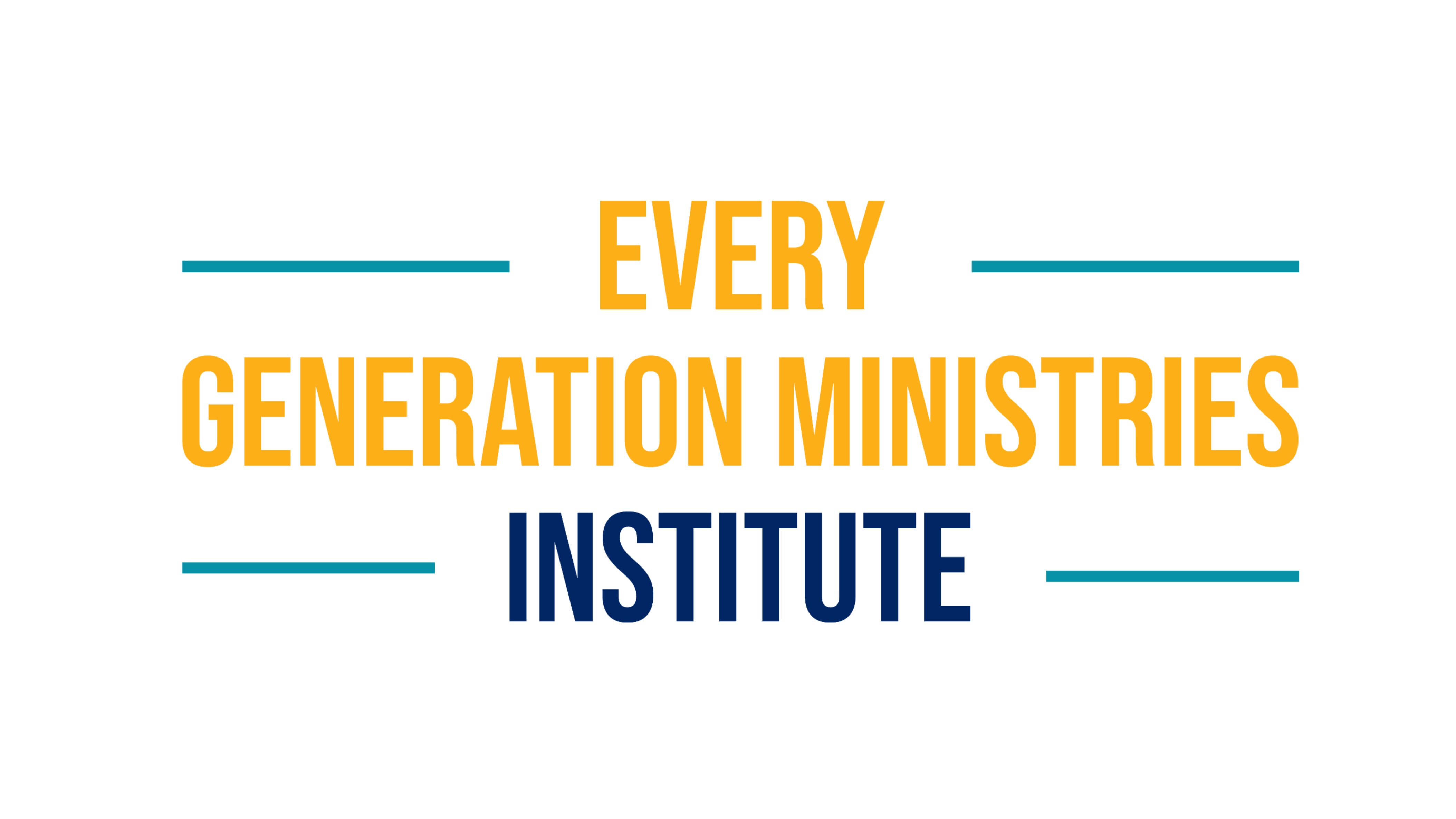Silence is not the goal of a small group discussion. When a discussion question is posed, silence can be awkward.
This awkwardness spurs the leader to fill the void by answering their own question. This can continue and form the basis for a small group “monologue.”
We have observed this phenomenon in cultures around the world. Getting children to talk openly about how the Word of God applies n their real life is a challenge. Applying the principle of “talk about them” (Deuteronomy 6:7) can be a challenge.
Discussion is an integral part of the Sunday school teaching experience providing children with the chance to talk about the lesson, their lives, and their faith.
However, people often think that children with disabilities cannot possibly understand and engage in that kind of interaction. For many children, that is far from the truth.
These children may have autism, Down syndrome, hearing loss, low vision, ADHD, or mobility difficulties.
However, by making some adaptations to the materials, giving those children choices of how to respond, or giving them alternate ways to communicate, many of them can fully participate in the discussion portion of Sunday school.
So, how do you have discussion with a child who has a disability? To begin with, you need to connect the truth to real life and the challenges each child may face. This in turn means that the leader must have some familiarity with the life of the child. (See my relational ministry blog).
We can’t help children integrate the word of God into their life if we don’t understand what their life is like. This is crucial and with special needs children varies from child to child.
It is also important that the teacher engages a child using all his or her senses. Many children with a disability are visual learners. These children do better seeing a picture of what the teacher is talking about rather than just hearing it.
Other children may be auditory learners who do better when someone is talking to them directly or they are having a conversation back and forth.
A third child may be a kinesthetic or tactile learner. These children learn by doing and can recall information by remembering their experiences and feelings.
When asking a question of a child, using a picture or object may help them understand what you want them to talk about.
Also, if you have a child that is deaf or hard of hearing, you may want to get a small book that has sign language and pictures that will help with understanding.
For a child who is blind, you may need to verbally describe what is happening in the classroom so that they will know what is expected of them. If a student is having difficulty speaking, you can have them point to answers that are on the board or draw a picture.
A child may want to draw a picture or use sequence strips to place events in chronological order, for the purpose of describing what they have learned.
It is important to remember that you can involve a child with a disability even if they are unable to perform all the steps that are involved in the questions.
You choose the adaptation to meet the needs of each child and you make adaptations for the individual child and not for a specific disability. Each child has been uniquely made by God, and thus each child has unique interests, strengths, and personality.
The discussion element of a great Bible lesson is where the Word of God can really connect with children. Don’t give up on engaging special needs children in this crucial life-changing element of your ministry.
